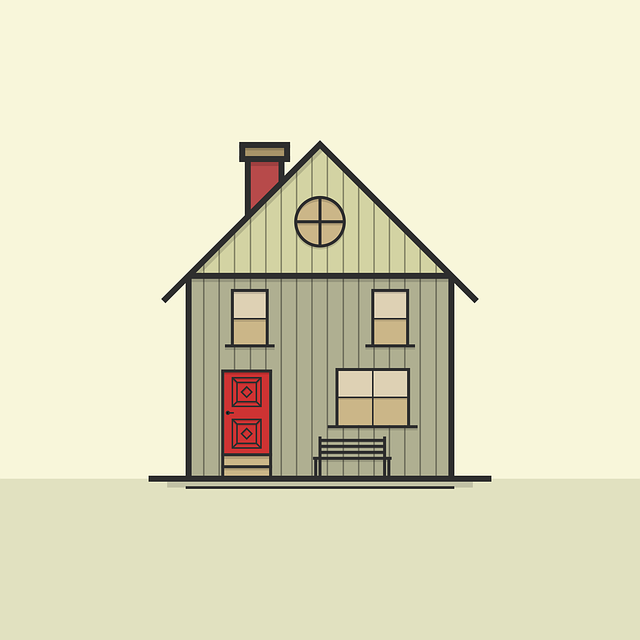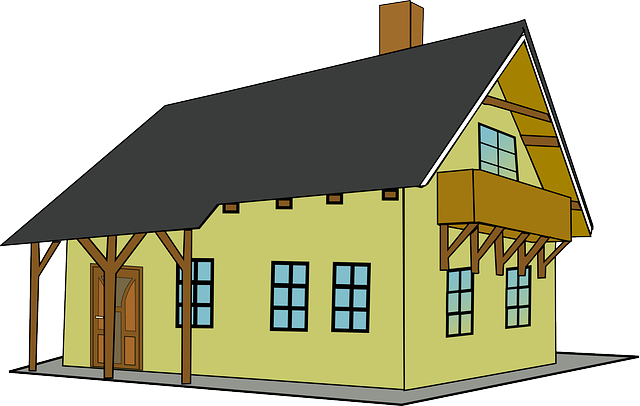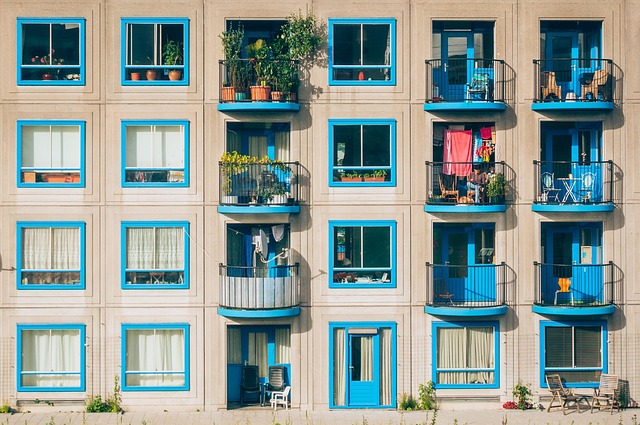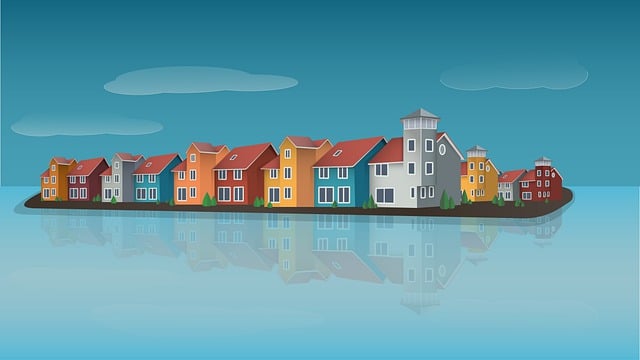Preparing for natural disasters starts with understanding local hazards like hurricanes, earthquakes, or floods. Storm-proofing your home by reinforcing structures against high winds and securing valuables prevents damage and loss. This includes installing impact-resistant windows, boarding up entry points, and moving important documents to waterproof storage. An emergency supply kit with essentials like flashlights, food, water filters, and first aid ensures safety during power outages. Community involvement through educational sessions, neighbor checks, and watch groups enhances disaster preparedness and response.
In a world where natural disasters can strike without warning, preparation is key to ensuring your safety and that of your loved ones. This comprehensive guide offers professional advice on navigating the challenges posed by various weather events. From understanding regional risks and strengthening your home through effective storm-proofing measures, to protecting valuables and building emergency supply kits, each section equips you with crucial knowledge for disaster preparedness. By fostering community collaboration, you can revolutionize response efforts and create a resilient network ready for any calamity.
- Understanding Your Risks: Identify the Natural Disasters Affecting Your Region
- Strengthening Your Home: Essential Storm-Proofing Measures for Structural Integrity
- Protecting What Matters: Preparations to Safeguard Valuables and Important Documents
- Power Outages and Beyond: Building an Emergency Supply Kit for Every Situation
- Community Preparedness: Collaborating with Neighbors for Effective Disaster Response
Understanding Your Risks: Identify the Natural Disasters Affecting Your Region

Understanding your risks is a crucial first step in preparing for natural disasters. Start by identifying the specific types of natural disasters that commonly affect your region. Whether it’s hurricanes, earthquakes, floods, wildfires, or tornadoes, each has its own unique characteristics and potential impacts. This knowledge will help you prioritize your preparations accordingly.
Once you know what dangers are lurking, focus on storm-proofing your space. This might include reinforcing windows and doors, securing loose items in your yard, and ensuring your home is structurally sound. For instance, installing impact-resistant shutters or boarding up windows can protect against flying debris during storms. Additionally, creating an emergency kit with essential supplies like food, water, first aid, and flashlights will equip you to ride out any weather event.
Strengthening Your Home: Essential Storm-Proofing Measures for Structural Integrity

Strengthening your home against natural disasters starts with effective storm-proofing measures. This involves securing your roof, windows, and doors to prevent damage from high winds and flying debris. Consider investing in impact-resistant shutters or hurricane-rated windows to shield against broken glass and reduce the risk of structural failure. Reinforcing exterior walls with sturdy materials like plywood or composite boards can also provide an additional layer of protection.
Internally, storm-proofing includes securing heavy furniture and objects that could shift during intense storms. Fasten bookcases, televisions, and other large items to the wall using anchors or straps. Create a safe room or designated shelter area within your home where family members can gather if a severe storm strikes. Ensure this space is reinforced and equipped with emergency supplies, including flashlights, batteries, non-perishable food, and clean water.
Protecting What Matters: Preparations to Safeguard Valuables and Important Documents

In the face of natural disasters, protecting what matters most—your valuables and important documents—is paramount. Before a storm hits, start by securing your home. Storm-proofing involves reinforcing doors and windows with hurricane shutters or boarding up vulnerable areas to prevent break-ins and water damage. Don’t forget to move irreplaceable items like family photos, heirlooms, and important papers to a secure location, preferably in waterproof containers. Consider investing in a safe or floodproof storage box designed for keeping documents dry during floods.
Additionally, create digital backups of crucial documents. Scanning and storing them on cloud-based platforms ensures easy access should physical copies be lost or damaged. Keep these digital archives in a secure email folder shared with family members or stored on a personal server to safeguard your memories and important records. Regularly updating this collection is essential, especially after major life events that introduce new legal or financial documents into your portfolio.
Power Outages and Beyond: Building an Emergency Supply Kit for Every Situation

In the event of a power outage, an emergency supply kit becomes an invaluable asset. This kit should be meticulously curated to cater to various scenarios, from severe weather events like hurricanes and tornadoes to more gradual situations such as prolonged periods of bad weather or even economic outages. At the core of your kit should be essential items that promote safety and comfort: flashlights and extra batteries, a portable radio for weather updates, and non-perishable food supplies along with a reliable water filtration system.
Consider also including tools like a multi-purpose knife, a first aid kit, and any specific medications you or your family may need. For those in colder climates, add warm clothing, blankets, and hand warmers. In today’s digital age, don’t forget to include extra phone chargers and a power bank. Storm-proofing your home further involves having these supplies easily accessible and regularly testing your kit to ensure everything is functioning and up-to-date.
Community Preparedness: Collaborating with Neighbors for Effective Disaster Response

In the face of natural disasters, community preparedness is a powerful tool that enhances disaster response effectiveness. One of the most effective ways to achieve this is by fostering collaboration among neighbors. Start by organizing informational sessions or training workshops to educate residents on storm-proofing techniques and emergency preparedness. Encourage neighborly checks on vulnerable individuals, especially the elderly or those with disabilities, ensuring everyone has a support system in place.
Creating neighborhood watch groups can help establish an early warning system for impending disasters. Members can keep an eye out for potential risks and communicate any concerns to the community. Additionally, collectively preparing emergency kits and stockpiling essential supplies ensures that when a disaster strikes, your community is equipped to handle it effectively, minimizing casualties and damage.
In light of the above discussions, it’s clear that comprehensive natural disaster preparation involves understanding regional risks, strengthening your home through effective storm-proofing measures, protecting valuables, building an emergency supply kit, and fostering community preparedness. By implementing these professional advice strategies, you can enhance your resilience and ensure a safer response during unforeseen events. Remember, being proactive in storm-proofing and community collaboration is key to minimizing the impact of natural disasters.
